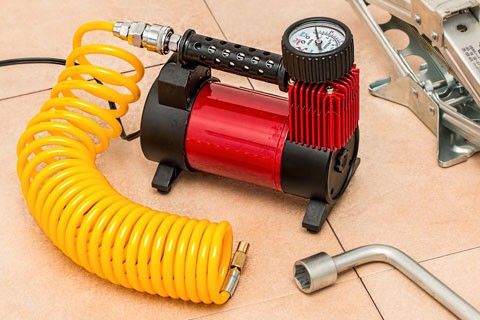Hyundai i20 Tire pressure
Hyundai i20 Reifendruck
Hyundai i20 Pression des pneus
Hyundai i20 Presion de llantas
Hyundai i20 Pressao de pneus
Tire pressure should be checked regularly, ideally check your tire pressure on a monthly basis. Always check your wheel pressure two hours after parking the vehicle.
Remember to regularly check the health of the valves to ensure a perfect seal, and will provide longer life.
If you want to have your 4 wheels checked, do not forget to check the pressure of your extra tire.
In winter, when the temperature is very cold, it is sometimes advisable to increase the inflation pressure.

Disclaimer: We cannot and do not guarantee that the content on this website is absolutely fresh and true, despite the fact that every effort has been made to keep it as current and correct as possible. This website’s content is delivered on a “as is” and “as available” basis. You agree that the use of the platform is at your sole risk. We disclaim any and all guarantees.
You can control or swell the tires with some options: go to a trained professionals, use certain gas stations and car clothes inflation equipment or get a compressor and inflation gun to yourself.
Low tire pressure control causes most broken tyres. For each model, car makers prescribe some pressure to ensure greater grip and optimum security.
Hyundai i20 Where can I find pressure-related information?
The recommended pressure varies for each car model. It is often indicated in the vehicle’s owner’s manual, on the edge of the door, or on the fuel tank door. It is presented in the form of two numbers, in units of bar, often around 2. The first number corresponds to the pressure of the front tires, the second to the pressure of the rear tires.
Depending on the car load, the tire pressure can vary. Thus, the recommended pressure for a loaded vehicle should be added to 0.2 bar.
Hyundai i20 How do you determine the pressure?
Often test the pressure in your tires when they are cold, as pressure rises when driving on a daily basis.
Still add the same pressure to both front and rear tires. Just a front-to-rear variation is possible.
Remember to carefully close the valve caps so they shield the valve from soil and dust, reducing the chance of leakage.
Summer tire pressure – winter tire pressure
When testing tire pressure, consider the seasons as well, as outside conditions have an effect on the inside pressure of the tire.
It is therefore recommended to add 0.2 bar to winter tires.
It is important to monitor the vehicle’s tyre pressure on a regular basis. Under-inflated tires will jeopardize your driving safety by creating a lack of grip or less efficient braking.
Furthermore, it has been shown that 0.5 bar below the recommended inflation pressure cuts the tire’s life span by 20%. Under-inflated tires also appear to increase fuel consumption.
Finally, the under-inflated tire undergoes too much stress and may burst at high speeds.
| Hyundai i20 | |
| 1.2 | |
| 175 70 R14 84T | |
| Rear Min. | 2.3 |
| Rear Max. | 2.5 |
| Front Min. | 2.3 |
| Front Max. | 2.5 |
| Hyundai i20 | |
| 1.2 | |
| 185 60 R15 84H | |
| Rear Min. | 2.3 |
| Rear Max. | 2.5 |
| Front Min. | 2.3 |
| Front Max. | 2.5 |
| Hyundai i20 | |
| 1.2 | |
| 185 65 R15 88T | |
| Rear Min. | 2.3 |
| Rear Max. | 2.5 |
| Front Min. | 2.3 |
| Front Max. | 2.5 |
| Hyundai i20 | |
| 1.2 | |
| 195 55 R16 87H | |
| Rear Min. | 2.3 |
| Rear Max. | 2.5 |
| Front Min. | 2.3 |
| Front Max. | 2.5 |
| Hyundai i20 | |
| 1.4 | |
| 195 55 R16 87H | |
| Rear Min. | 2.3 |
| Rear Max. | 2.5 |
| Front Min. | 2.3 |
| Front Max. | 2.5 |
| Hyundai i20 | |
| 1.6 | |
| 185 60 R15 84H | |
| Rear Min. | 2.3 |
| Rear Max. | 2.5 |
| Front Min. | 2.3 |
| Front Max. | 2.5 |
Links :
Tire pressure gauge
TPMS